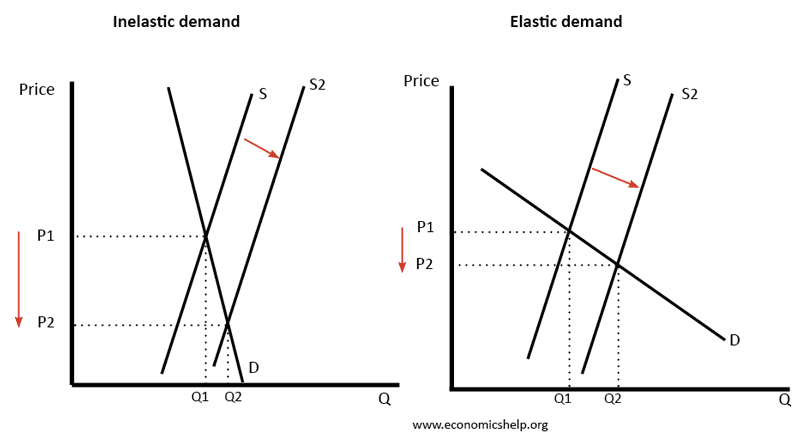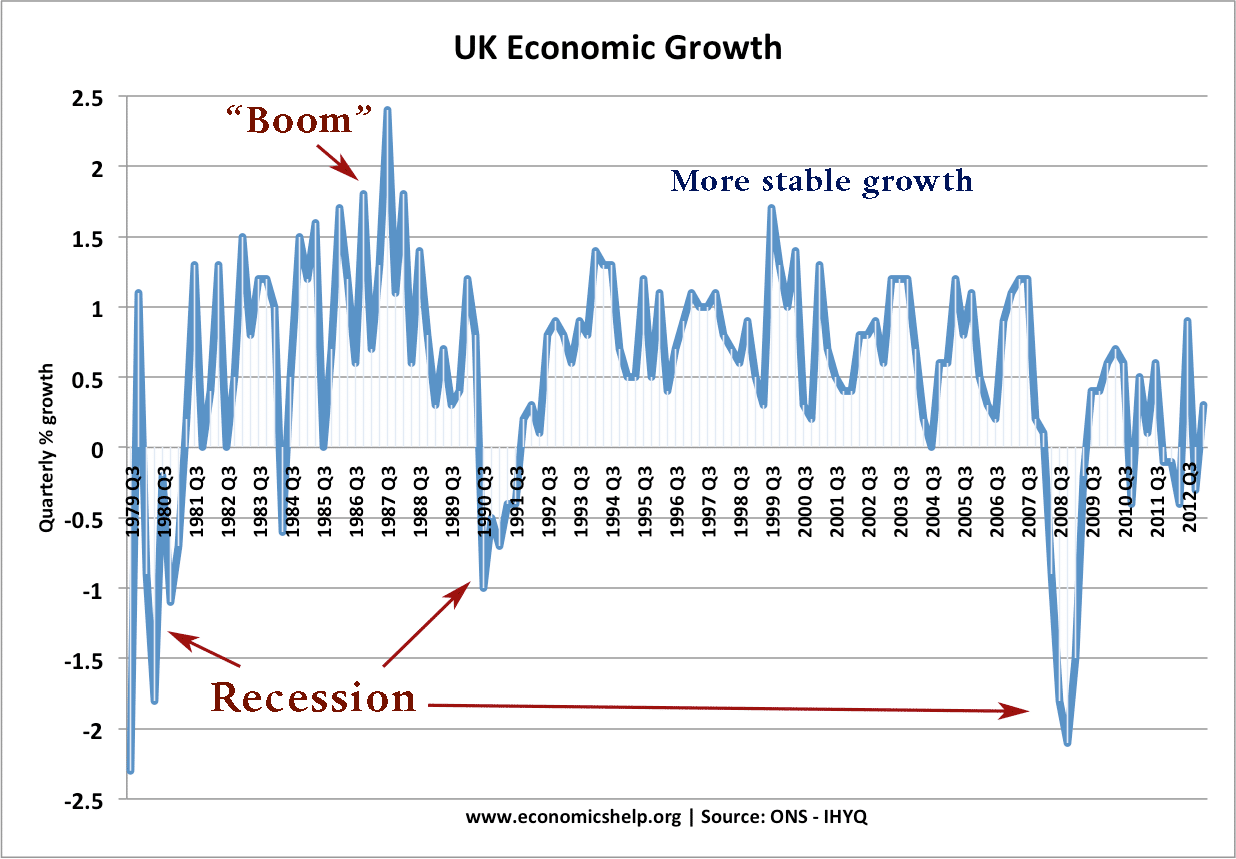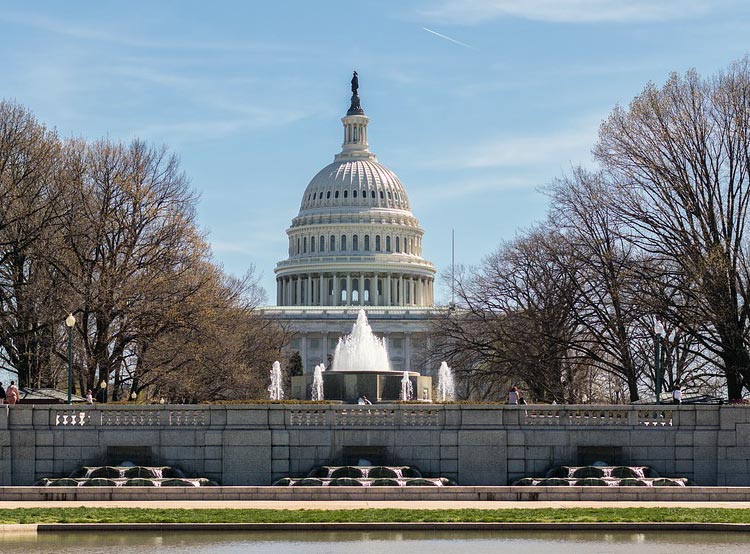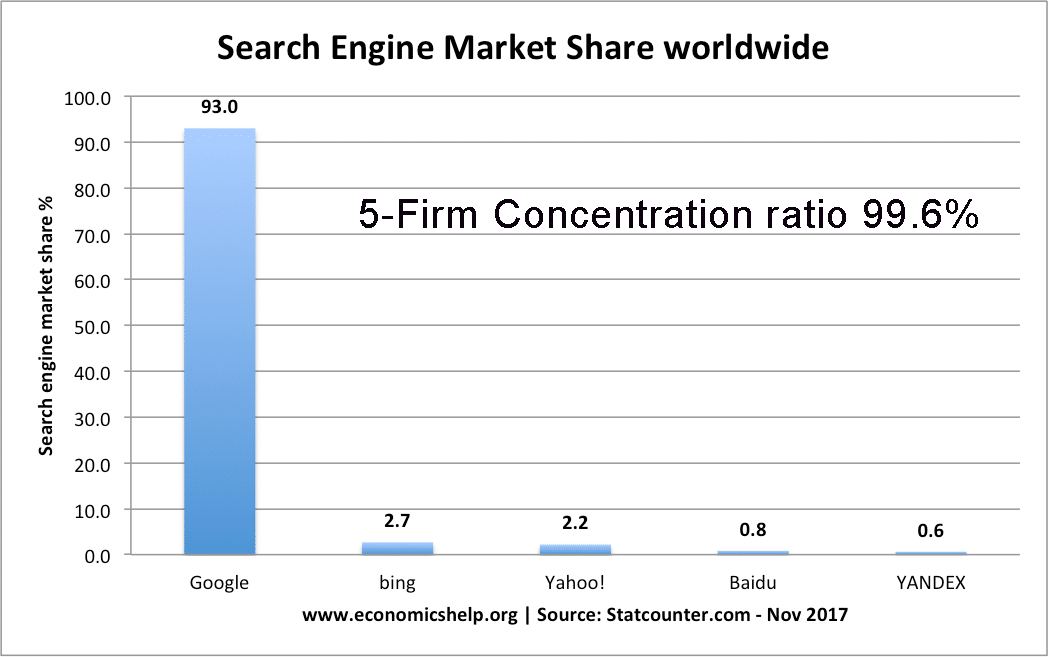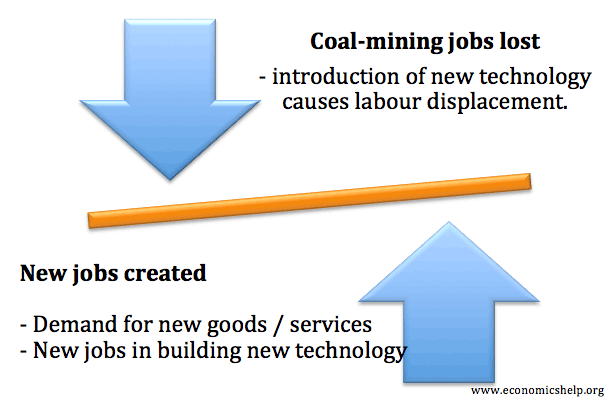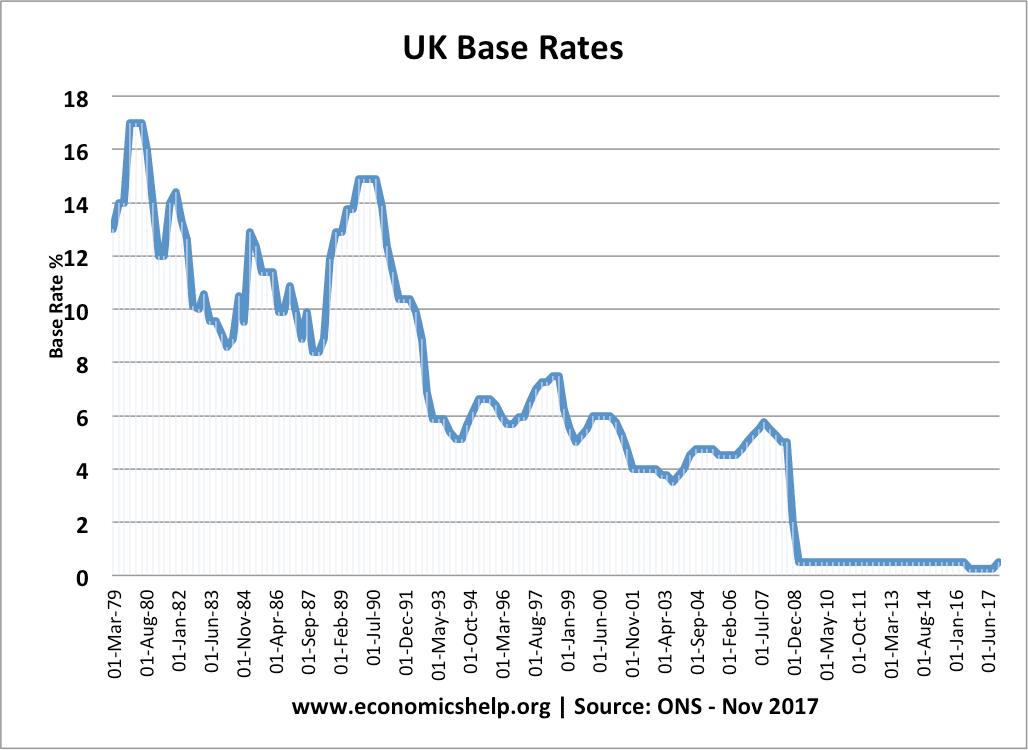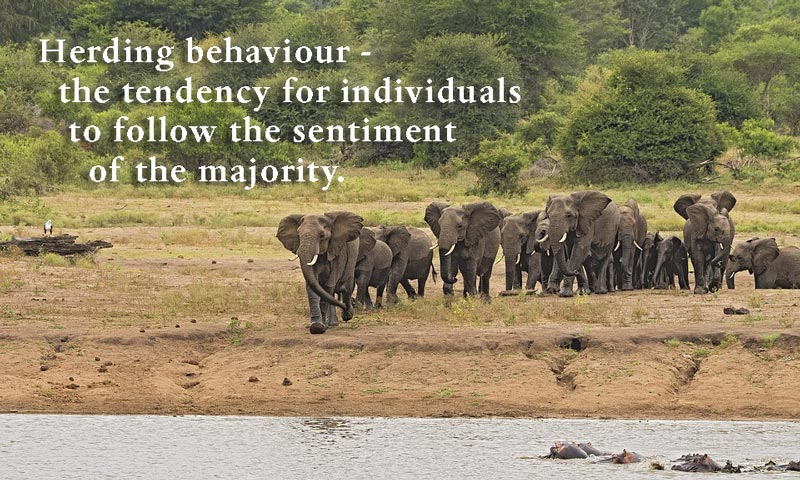What explains the volatility of oil and food prices?
In a recent post, we looked at food inflation and noted how prices were often volatile. Primary products like food and oil tend to be volatile because: Supply is inelastic in short run. (Supply is unresponsive to temporary shortages of food) Supply can vary due to the weather/geopolitical events. Demand is price inelastic – a …

